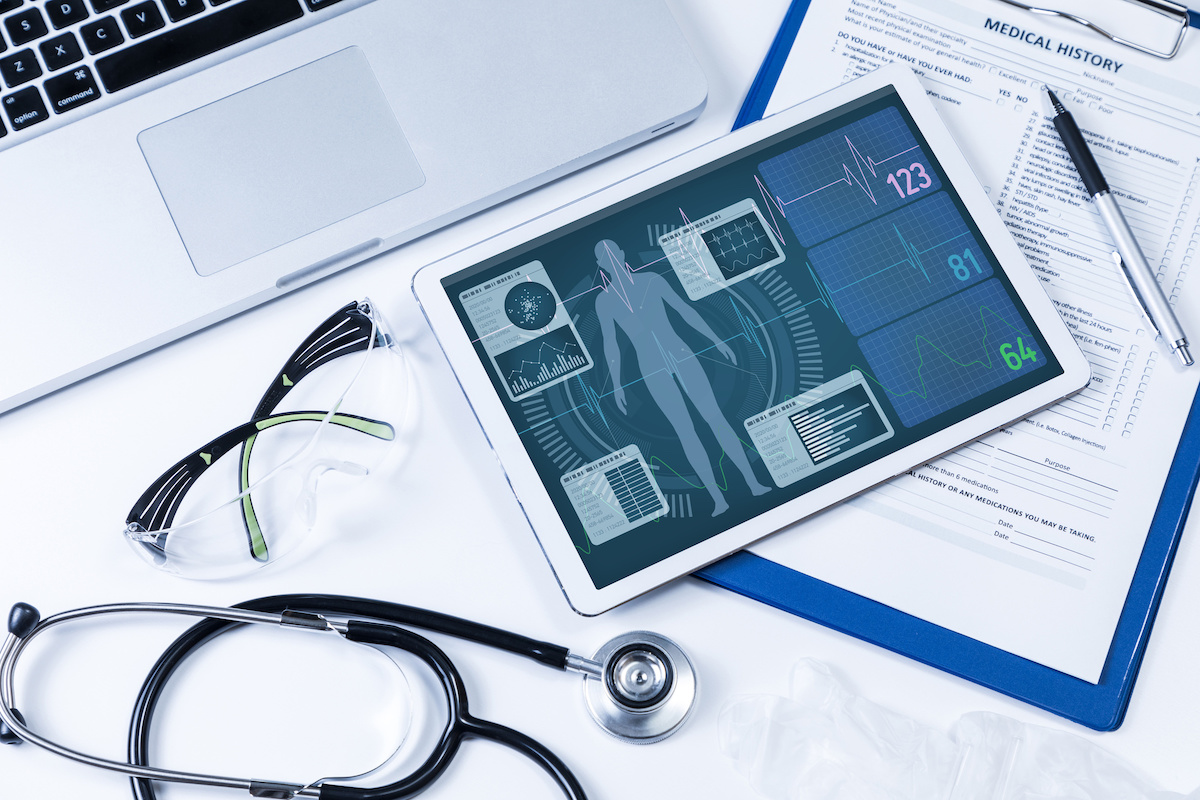5 Tips For Effective Use Of Electronic Health Records (EHR)
The healthcare industry has undergone a significant transformation in recent years, with the adoption of electronic health records (EHR) systems playing a pivotal role in this evolution.
EHR systems have replaced traditional paper-based records, enabling healthcare providers to store, access, and exchange patient information digitally, thus streamlining clinical workflows and enhancing the overall quality of care.
These systems have brought about numerous benefits, such as improved patient safety, reduced medical errors, more efficient care coordination, and cost savings. However, to truly harness the power of EHR systems and achieve their full potential, it is essential that healthcare organizations adopt effective strategies and best practices for their use.
This article delves into five crucial tips for the effective use of EHR systems. By understanding and implementing these strategies, healthcare providers can optimize their EHR systems, ensuring they deliver maximum benefits to both the organization and, most importantly, to the patients they serve.
What Are Electronic Health Records?
Electronic health records (EHR) are digital versions of a patient's medical history and health-related information. EHR systems contain comprehensive patient data, including diagnoses, treatment plans, medications, allergies, immunizations, laboratory results, and radiology images.
These records are stored, accessed, and managed within a secure electronic system. According to Truenorthitg.com, this allows healthcare providers to streamline their workflows, improve communication, and enhance the quality of care.
Unlike traditional paper-based records, EHRs facilitate real-time, secure access to a patient's medical information, enabling better care coordination, reducing medical errors, and providing healthcare professionals with a more holistic view of the patient's health.
As the implementation and maintenance of EHR systems require technical expertise, it is advisable to hire ITBlueprint for Managed IT services, ensuring seamless integration and ongoing support that allows healthcare organizations to focus on providing quality care to their patients.
Effective Tips For Use Of Electronic Health Records
Here are some effective tips for harnessing the full potential of EHR systems in healthcare settings.
Invest In Staff Training And Continuous Education
It is essential to invest in comprehensive staff training and continuous education programs to ensure that your healthcare organization can reap the full benefits of EHR implementation.
Staff members should be thoroughly trained in using the EHR system, including entering patient data, accessing patient records, and managing clinical workflows.
Additionally, as EHR systems continue to evolve and improve, it is important to provide ongoing education for staff members to stay current with new functionalities and best practices. This can be achieved through regular workshops, seminars, and online courses, ensuring that your team is well-equipped to use the EHR system to its fullest potential.

Establish And Maintain Data Integrity
The accuracy and completeness of patient data are crucial to providing high-quality care. To ensure data integrity, healthcare organizations should establish and enforce strict protocols for entering, updating, and maintaining patient information in the EHR system. This includes the use of standardized terminologies, data validation processes, and routine data audits.
Moreover, it is essential to promote a culture of accountability within your organization. Encourage staff members to take responsibility for the accuracy of the data they enter and provide them with the necessary tools and resources to maintain data integrity.
By doing so, you can minimize the risk of errors, improve patient safety, and enhance the overall quality of care.
Optimize EHR System For Interoperability
Interoperability is the ability of different EHR systems to communicate and exchange patient information seamlessly.
It is vital to choose an EHR system that adheres to industry standards, such as the Fast Healthcare Interoperability Resources (FHIR) or the Consolidated Clinical Document Architecture (C-CDA), to enhance interoperability.
In addition to selecting a system that supports interoperability, healthcare organizations should actively engage with other providers and health information exchanges (HIEs) to establish data-sharing agreements and promote the seamless flow of patient information across different systems. This will not only streamline clinical workflows but also improve care coordination and patient outcomes.
Leverage EHR Analytics For Quality Improvement
EHR systems offer a wealth of data that can be leveraged for quality improvement initiatives. By utilizing EHR analytics, healthcare organizations can identify trends, gaps, and opportunities for improvement in areas such as patient safety, clinical outcomes, and care coordination.
To effectively leverage EHR analytics, it is crucial to establish clear objectives and key performance indicators (KPIs) for your quality improvement efforts. This will enable you to measure the impact of your interventions and make data-driven decisions to enhance patient care.
Additionally, consider creating a dedicated team or appointing a data analyst to oversee EHR analytics and ensure that insights are translated into actionable steps for improvement.
Prioritize Patient Engagement And EHR Accessibility
Patient engagement is a critical component of modern healthcare, and EHR systems can play a significant role in facilitating this engagement.
To promote patient involvement, healthcare organizations should provide patients with easy and secure access to their electronic health records through patient portals or mobile applications.
Furthermore, educate patients about the benefits of engaging with their EHRs, such as improved communication with their healthcare providers, a better understanding of their medical conditions, and the ability to participate more actively in their care.
By doing so, you can empower patients to take charge of their health and foster a stronger partnership between patients and healthcare providers.
Conclusion
Implementing and effectively utilizing an EHR system can bring numerous benefits to healthcare organizations, including improved patient care, streamlined workflows, and enhanced data sharing. Through the tips mentioned above, healthcare providers can unlock the full potential of their EHR systems and contribute to better patient outcomes. Embracing these strategies will not only lead to more efficient and effective healthcare practices but will also pave the way for a more patient-centric approach in the industry.